Greenhouse is basically a place or an area solely structured for the growth of plants .The roof is essentially made up of glass or plastic. A greenhouse in its miniature or a small form is termed as cold frame. They can be built in sizes of one’s choice. They may range from little sheds to large buildings solely designed for the growth of plants. Greenhouse does have some installations that have a control over the lighting, cooling and also heating that occurs inside the greenhouse. So, it’s not all plants that you see inside of a greenhouse.
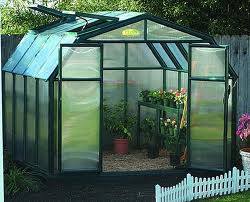
The heat absorbing material which is used for the roof has properties of absorbing heat and retaining it inside the glasshouse. Hence the heat that is available at the ground level is prevented from flowing upwards.
Now, the greenhouses are again divided into typical groups of plastic and glass. The plastics that are generally used are polyethylene film and also polycarbonate materials. The greenhouses that are made up of glass are often automatically monitored with the help of a computer regarding the various installations of heating and lighting.

Let’s go down in history to see from where it all started off…
The greenhouse concepts originated in Italy during the early 13th century.They were then termed botanical gardens (giardini botanici).It also appeared later in Netherlands and England. Started in the 17th century, Netherlands now has some of the largest greenhouses in the world that can produce a large variety of vegetables a year.
The first practical modern greenhouse was started by French botanist called Charles Lucien Bonaparte in Holland. Several greenhouses were built to protect the orange trees from freezing. These greenhouses were then named as Orangeries by the French.
Moreover, in Japan the first greenhouse was built by a British merchant by the name Samuel Cocking.
The ventilation required in a typical greenhouse:
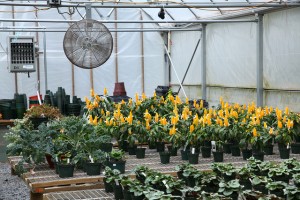
Ventilation is the most essential part of growing a greenhouse .The plants need proper nourishment as well as ventilation for the healthy growth. The temperature and humidity need to be regulated to a proper tenable level. The movement and flow of air needs to be monitored so as to prevent the buildup of plant pathogens. Since photosynthesis and also plant respiration are the two essential criteria that need to be fulfilled, the uniform flow of air is prioritized.
The heating required in a typical greenhouse:
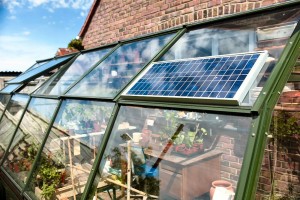
This problem can arise especially in areas with a colder climate. When proper insulation is not provided, the heat can flow out of the greenhouse just as it entered. So, the heat is retained within by providing furnaces .In a simple greenhouse, a thermostat is all you need but it can get more complex when you consider larger greenhouses for that matter.
The types of greenhouses can vary from half-greenhouses to extended window structures. Half greenhouses are basically set up in places with a limited area available. They are split along the peak of the roof. They are mostly attached to an already set-up building. A window mounted greenhouse structure is mainly to grow plants at a very low cost. There is a window that extends outward from the house and contains two or three shelves too.
DIY greenhouses:
Greenhouses can be done by yourself too provided you have a strategic location and an assorted collection of recycled materials to construct the same. Who doesn’t like to spend their recreational yet valuable time with the plants in the greenhouse? It is indeed a refreshing and unique hobby that can keep you healthy and active.
The best way to start with your greenhouse is to use recycled doors or windows.Try finding salvaged materials to build it. If you want it to be a studio or a workshop as well, then you can also use large overhangs to the south to provide sufficient shade to the greenhouse during the scorching heat of the summers. Thus, with proper co-operation among your fellow mates, you can set up a greenhouse that not only provides you a soothing experience but also can provide you with food throughout the year for domestic as well as commercial purposes.
Here are a few DIY greenhouses that you can try in your backyard:
1) Barn style greenhouse:
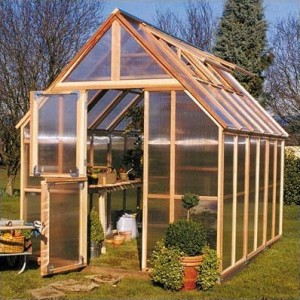
This is more like a mini greenhouse .You can use roofing tin for the panels at the side. Moreover, the entire structure can then be covered with corrugated roofing too. Also, you can buy wood for the wall framing. Simple metal flashing is used for the trimming of the corners. Metal roofing screws are used in the entire structure. This is one of the best ideas to go with if you want your greenhouse to have more spacing indoor as well as outside for the greenhouse panels.
2) Scrap window and scrap door greenhouse:
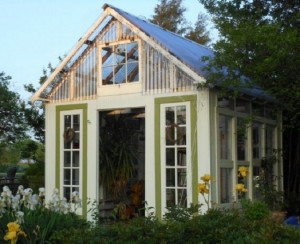
This basically requires old recycled or can also do with the unwanted junkyard window frames and door frames respectively. Add roofing to the greenhouse and also, use glasses wherever necessary .Since this entire greenhouse is made of recycled and disposed junk ,it turns out to be an affordable and economical way to begin with. Besides, to decorate your greenhouse and make it look admirable, you can also add flowering plants.
Making a greenhouse requires more of interest rather than mere skill. So, why don’t you allot a pretty good amount of your recreational time to transform your backyard into a fascinating abode for a variety of seedlings by growing them all strategically in a greenhouse?
Leave a Reply